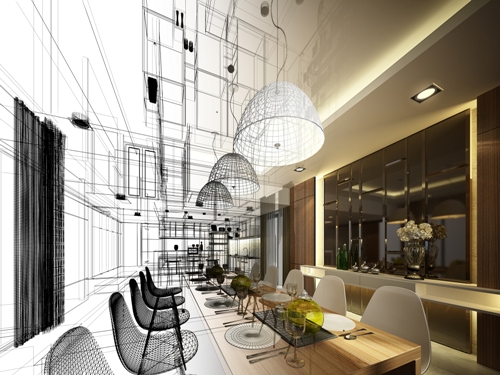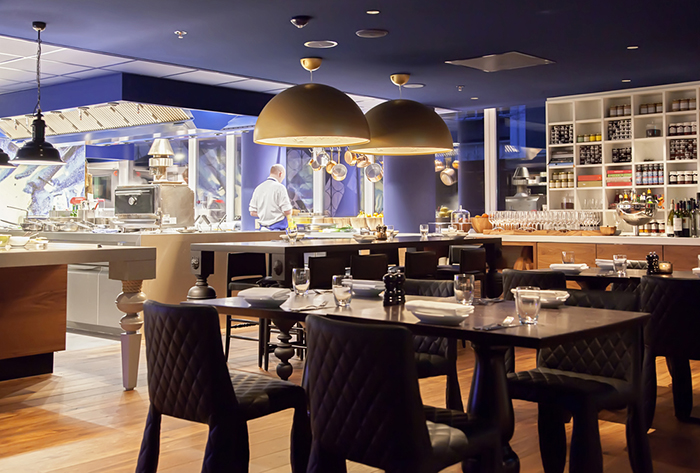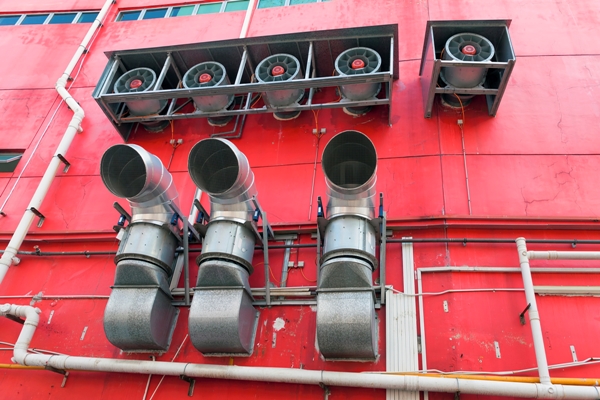Heating, ventilation, and air conditioning (HVAC) is essential for any restaurant. HVAC systems installed in homes and other businesses have structural similarities, but restaurants have specific needs requiring special solutions.
Here are some of the common challenges that restaurant dining areas face in terms of their choice of HVAC:

● Poor Ventilation – Traditional ventilation might involve opening a window or door to allow humid indoor air to escape and fresh air to enter the room. Food and safety regulations demand a more sophisticated approach for restaurant kitchens and dining areas. HVAC equipment provides a comfortable environment for kitchen staff and a pleasant dining experience for clientele by removing excess moisture from rooms and heating or cooling the air.
● Changing Temperature Demands – Restaurants require special HVAC equipment because it needs to be able to withstand fluctuating temperature demands of different areas within the space. For instance, during winter the dining area, entryway, and restrooms need heating. At the same time, the kitchen likely needs air conditioning because of the high temperature generated when cooking food.
● Air Quality Control – Restaurant kitchens can produce higher levels of pollution and airborne contaminants than some average commercial buildings. Cooking, fumes, grease, and food particles are sent into the air and enter the HVAC system. The HVAC needs to be properly maintained so this “air pollution” does not damage the system or endanger the air quality within the restaurant.

Knowing the HVAC requirements of a restaurant influences its design and construction. V-Can Construction has the creativity and skill to execute a safe and innovative restaurant renovation or design. We don’t compromise quality; please call us at (647) 560-4955.

